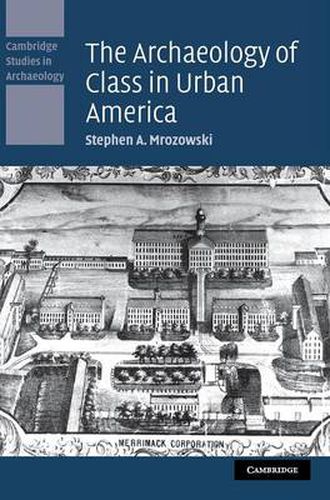Readings Newsletter
Become a Readings Member to make your shopping experience even easier.
Sign in or sign up for free!
You’re not far away from qualifying for FREE standard shipping within Australia
You’ve qualified for FREE standard shipping within Australia
The cart is loading…






No examination of contemporary urban communities would be complete without the discussion of class identity. But how did class identity inform the urban communities of yesteryear? Taking Newport, Rhode Island in the eighteenth century and Lowell, Massachusetts in the nineteenth century, at the peak of their economic powers when they represented some of the purist forms of capitalist production in North America, as case studies, this book explores the material and biological manifestations of class identity. Stephen Mrozowski uses a combination of documentary research, material cultural studies, and environmental archaeology to probe the lives of artisans, merchants, and mill workers in these urban communities. Taking an interdisciplinary approach to fully examine burgeoning notions of class, he offers significant insights into the factors shaping those notions. This engaging study, supported throughout by tables, illustrations and graphs, is required reading for all students of urban history and historical archaeology.
$9.00 standard shipping within Australia
FREE standard shipping within Australia for orders over $100.00
Express & International shipping calculated at checkout
No examination of contemporary urban communities would be complete without the discussion of class identity. But how did class identity inform the urban communities of yesteryear? Taking Newport, Rhode Island in the eighteenth century and Lowell, Massachusetts in the nineteenth century, at the peak of their economic powers when they represented some of the purist forms of capitalist production in North America, as case studies, this book explores the material and biological manifestations of class identity. Stephen Mrozowski uses a combination of documentary research, material cultural studies, and environmental archaeology to probe the lives of artisans, merchants, and mill workers in these urban communities. Taking an interdisciplinary approach to fully examine burgeoning notions of class, he offers significant insights into the factors shaping those notions. This engaging study, supported throughout by tables, illustrations and graphs, is required reading for all students of urban history and historical archaeology.